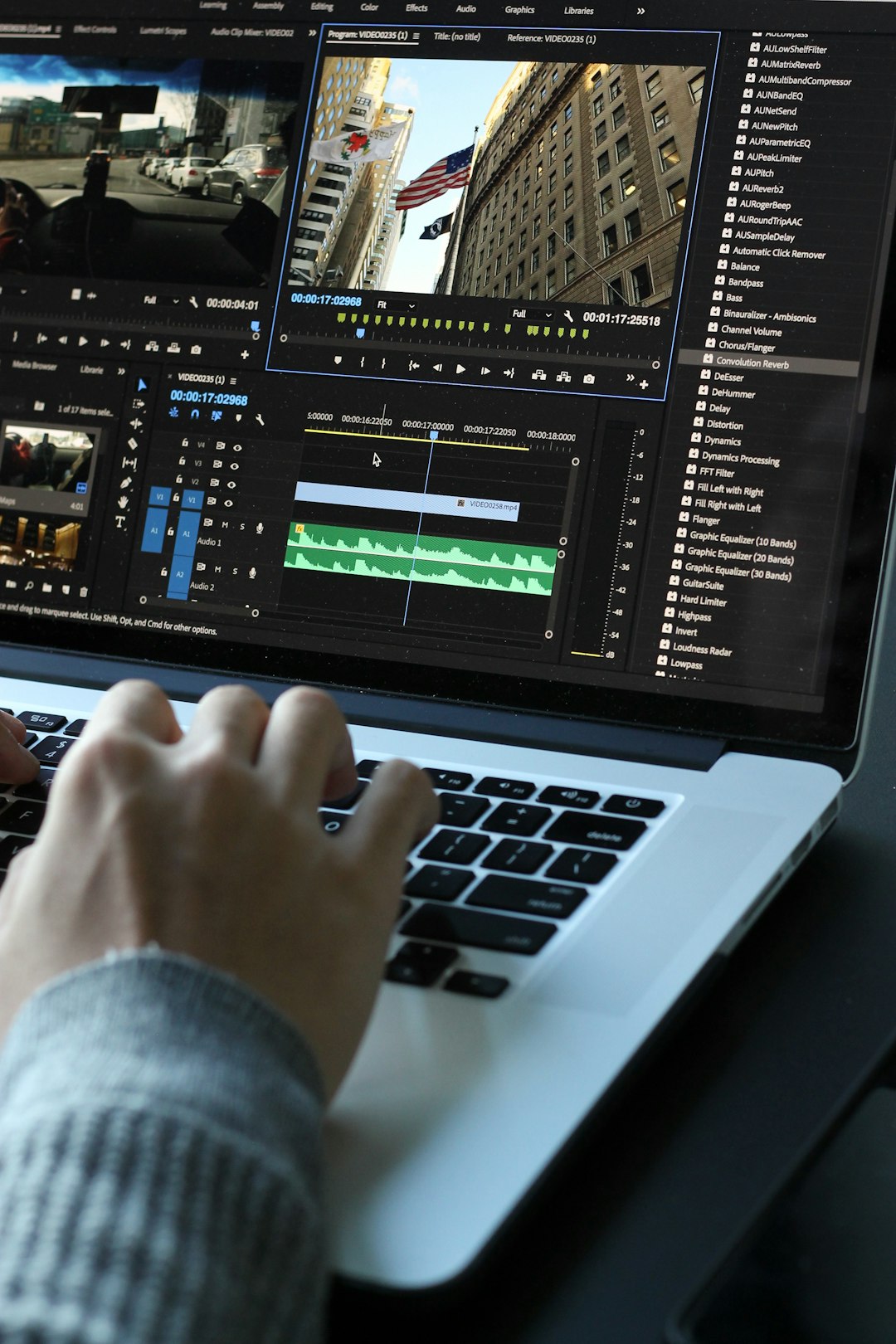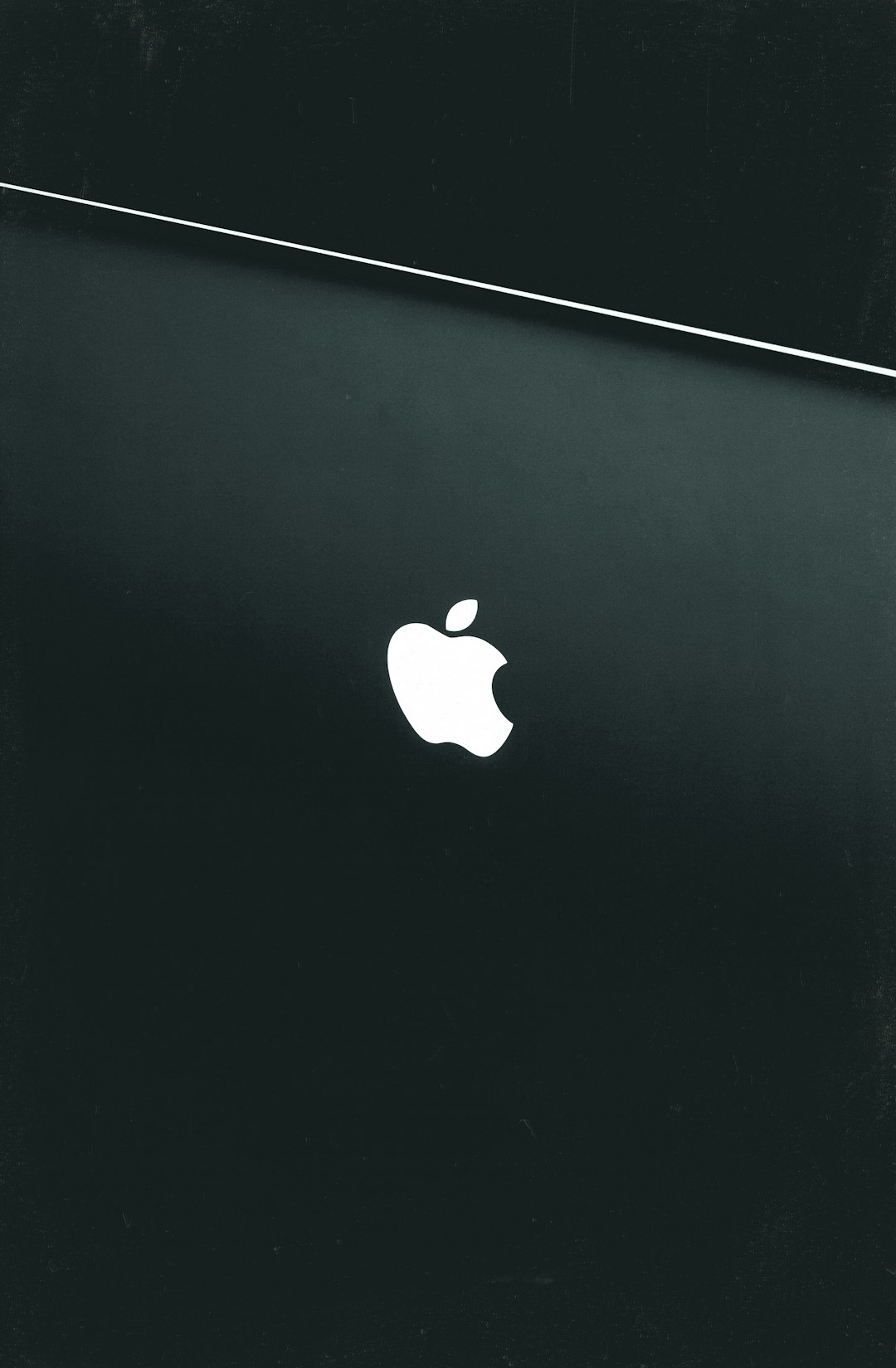Apple’s MacBooks have long been touted as some of the most reliable and durable laptops available. From their sleek aluminum chassis to their powerful internals and refined software, it’s no surprise that many users want to know: How long do MacBooks actually last? Whether you’re considering buying a new MacBook or evaluating if it’s time to replace your current one, understanding the average lifespan can help you make informed decisions.
Table of Contents
Average Lifespan of a MacBook
While there’s no single answer to how long a MacBook lasts, most models provide excellent service for a considerable period. On average, a MacBook can last between 7 to 10 years, depending on the model, usage, maintenance, and technical developments over time.
Here’s a quick breakdown of expected lifespan by category:
- Light Users: 8–10 years (web browsing, email, occasional word processing)
- Moderate Users: 6–8 years (daily use, media consumption, office software)
- Heavy Users / Professionals: 4–6 years (video editing, software development, gaming)
Of course, some MacBooks have been known to function well beyond a decade, but usability might dwindle due to software compatibility and system performance.
Key Factors That Affect MacBook Longevity
While Apple builds devices to high standards, several factors play a role in how long your MacBook will last. Let’s take a closer look at what influences longevity.
1. Build Quality and Materials
MacBooks are crafted with a focus on premium design. The aluminum unibody structure is both lightweight and highly durable, offering better resistance against physical wear and tear as compared to plastic-based laptops.
However, even well-built materials can succumb to damage if the laptop is dropped frequently or poorly maintained.
2. Software Support
Apple typically provides software updates to MacBooks for around 7 years after their release. These updates are important for performance improvements, new features, and security patches.
Once updates are discontinued, users may begin to notice compatibility issues with newer apps and increased security vulnerabilities.

3. Battery Health
The battery is a common point of degradation in MacBooks. Lithium-ion batteries lose capacity over time and with each charge cycle. Apple rates MacBook batteries for about 1000 full charge cycles, after which the battery may retain only 80% of its original capacity.
If you’re noticing poor battery performance after years of use, a battery replacement can breathe new life into the device without needing a full replacement.
4. Hardware Evolution
With Apple’s transition to their proprietary M1 and M2 chips, older Intel-based MacBooks are beginning to show their age. While they may still function well, the performance difference between new and old models is now more noticeable than ever.
5. User Maintenance and Care
Basic care can go a long way. This includes:
- Regular software updates
- Disk cleanup and organizing files
- Using a hard-shell case or sleeve
- Keeping food and liquids away
- Monitoring fan use and overheating
Taking these steps regularly can extend the lifespan of your MacBook significantly.
Signs It’s Time to Replace Your MacBook
No matter how well a MacBook is built, there will come a point where replacement becomes inevitable. Here are key signs that indicate it may be time to consider a new machine:
- Incompatible macOS: You can no longer install the latest macOS, which limits security and software access.
- Poor Performance: Sluggish response, lagging, constant freezing, or inability to run basic programs smoothly.
- Frequent Hardware Issues: Crashing hard drives, screen flickers, faulty ports, or keyboard issues.
- Battery Trouble: Extremely short battery life or frequent unexpected shutdowns.
- Frequent Repairs: If you’re repairing your Mac more than using it, a new machine becomes more cost-effective.
Extending Your MacBook’s Lifespan
The key to maximizing your MacBook’s value is regular care and timely interventions. Here are some ways to extend the life of your laptop:
Upgrade Hardware (When Possible)
If you own an older MacBook that allows hardware upgrades, consider:
- Adding RAM: Helps your system multitask more efficiently.
- Replacing the Hard Drive: Swapping an HDD for an SSD can dramatically boost performance.
Note: Newer MacBooks, especially those with Apple’s M-series chips, do not support user upgrades due to integrated design elements.
Replace the Battery
If battery life becomes a major issue, a replacement might be cheaper than buying a whole new computer. Apple and certified technicians offer battery replacements that can restore full-day functionality.
Use External Accessories
If internal keyboard or trackpad issues arise, consider using external peripherals before deciding to replace the whole unit.
Keep It Clean
Clean your MacBook regularly to prevent dust accumulation, especially around vents and ports. This helps maintain cooling efficiency and prevents overheating.
MacBooks vs. Other Laptops: A Longevity Comparison
When comparing MacBooks to Windows laptops, there’s a notable difference in average lifespan:
- Windows Laptops: Typically last 3–5 years.
- High-End Windows Machines: Up to 6–7 years, sometimes more.
- MacBooks: 7–10 years on average.
Why the longer lifespan for MacBooks?
- Optimized hardware and software integration
- Longer and more consistent OS support
- Build quality and premium components
This is part of what also justifies the typically higher up-front cost of a new MacBook.
MacBook Lifespan by Model
Curious about how specific models tend to age? Here’s a rough estimate:
- MacBook Air (Intel, Pre-2020): 6–8 years
- MacBook Air (M1 and M2): 8–10 years (projected)
- MacBook Pro (Intel, 2015–2019): 6–8 years
- MacBook Pro (M1/M2): 8–10 years (projected)
Newer models with Apple Silicon chips are expected to last even longer because of their improved efficiency and lower heat output.
Conclusion: Is a MacBook a Good Long-Term Investment?
The answer is a resounding yes. A MacBook is one of the most durable and long-lasting laptops on the market. While the initial cost may be higher than other brands, the longevity, performance, and software support make it a cost-effective option over time.
Understanding the factors that affect your MacBook’s lifespan and taking proactive steps can help you stretch its usability even further. Whether you’re a student, creative professional, or business user, treating your MacBook well means it will serve you reliably for many years to come.




